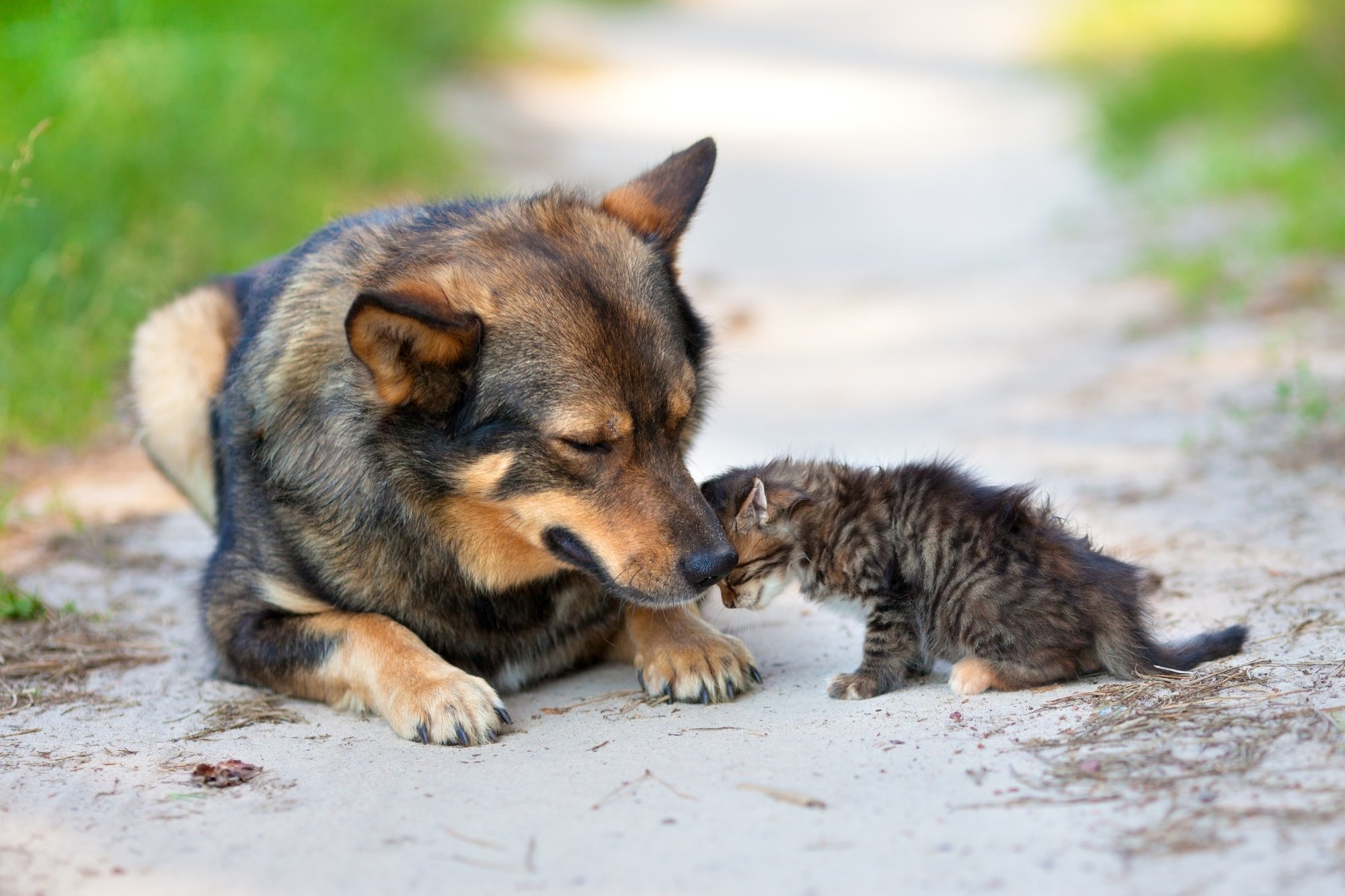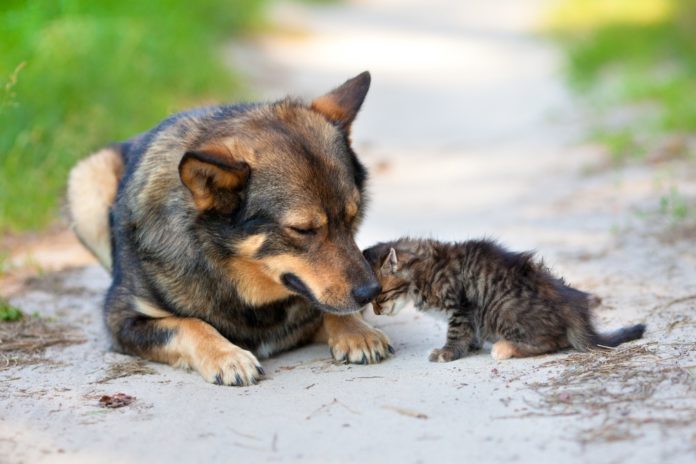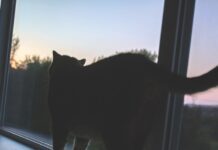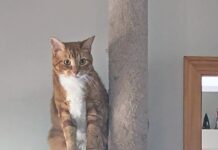vvvita | DepositPhotos


It’s a feline social thing: Rubbing against your leg or on other objects. “Head rubbing (also referred to as butting or bunting) is a normal social behavior,” says Dr. Leni Kaplan, DVM, MS, Lecturer in the Cornell University College of Veterinary Medicine Community Practice Service. “Head rubbing is one way cats can deposit their scent on objects which signifies comfort and familiarity and is a way to communicate with other cats.”
Your cat has scent glands on various parts of his body, including several on his head. When he rubs his face on an object, a human, or another cat, he is leaving a scent mark behind. Female cats also have these scent glands.
Territory
Cats can use scents to mark territory—when another cat encounters a scent marking, they know that a cat has been in that area. By the same token, a cat encountering his own scent marking knows that he is on familiar ground—kind of like how your parents’ house has its own unique smell that reminds you of your childhood. Bunting seems to be mostly used for this reason—a way of marking creatures and things that the cat knows and likes, helping to create a cozy sense of home.
Cats sometimes rub their faces against each other. While it isn’t snuggling in the same sense as humans do, it is a bonding behavior. Cats bunt with their friends to show affection. And your cat may expect you to respond with petting and attention.
“When a cat rubs her head on a person, it can be a scent marking behavior demonstrating a bond and signifying comfort and familiarity with that person, an attention seeking behavior, or both scent marking and attention seeking behaviors. There is no way to tell exactly what is driving the cat’s head rubbing behavior,” says Dr. Kaplan, but it is a positive action.
Cats may also bunt as a coping strategy when they are anxious. The scent marking makes them feel more at home, like they are surrounded by familiar smells and things.
Head Pressing
Head pressing is different from bunting and is a cause for concern. “Head pressing involves the cat pressing its head/forehead into a firm object (a wall, corner, or furniture),” says Dr. Kaplan. “They may not be mentally aware or capable of releasing themselves from this position.”
“Head pressing itself is not a source of pain,” explains Dr. Kaplan. “[These cats] often have an altered mentation and are not aware of pain or their circumstance. Rarely, a patient may be painful (head pain or sinus pain) and head pressing may actually relieve the pain or pressure.”
The bottom line here? “If a cat is head pressing, there is an underlying medical condition causing this behavior and the pet must be evaluated by a veterinarian,” says Dr. Kaplan.




